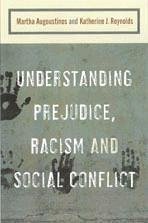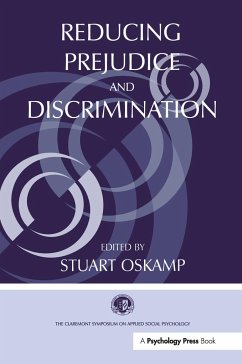
Handbook of Prejudice, Stereotyping, and Discrimination
Versandkostenfrei!
Versandfertig in 1-2 Wochen
351,99 €
inkl. MwSt.
Weitere Ausgaben:

PAYBACK Punkte
176 °P sammeln!
This new edition of this bestselling handbook offers a comprehensive and scholarly overview of the latest research on prejudice, stereotyping, and discrimination.













